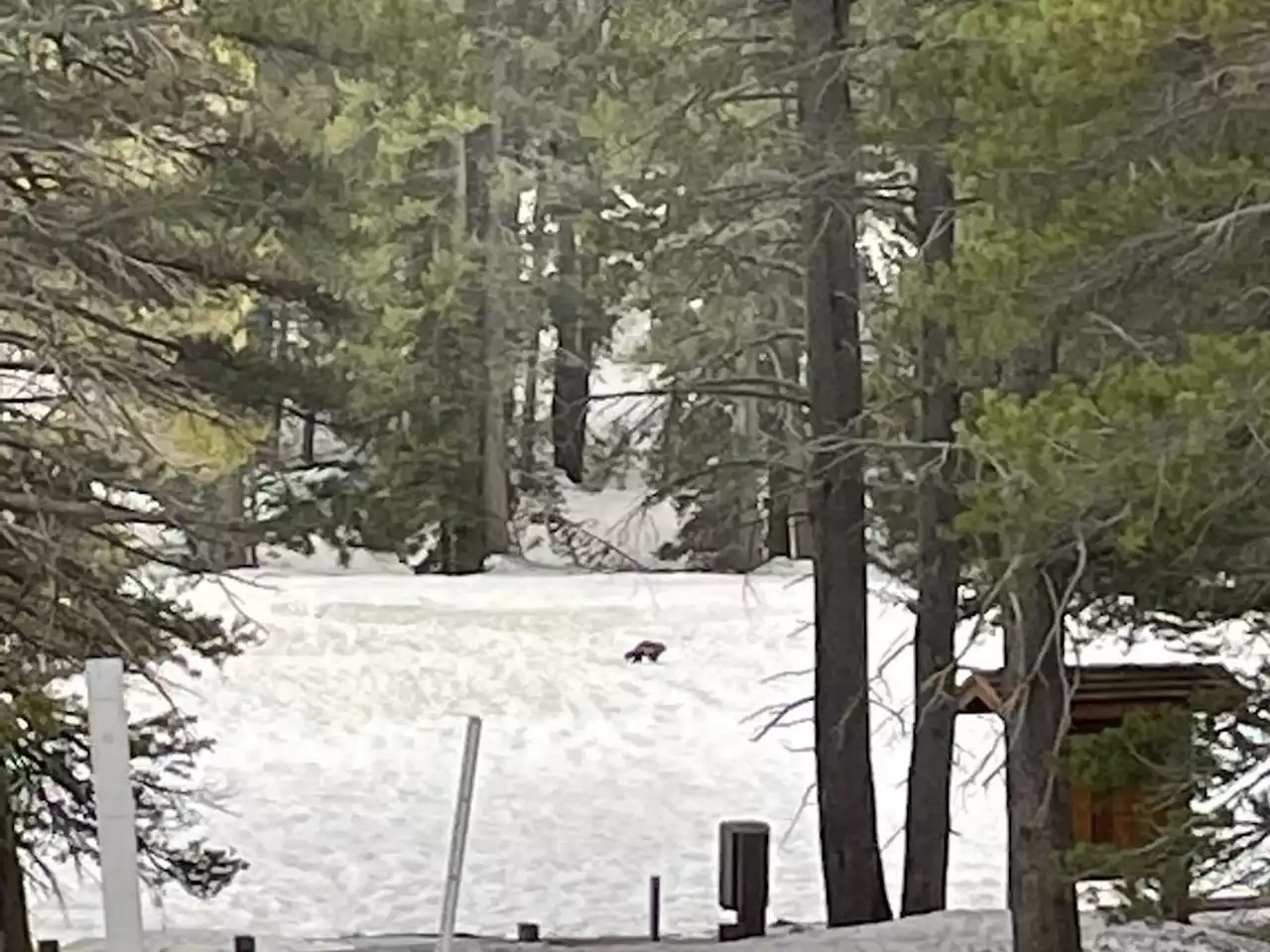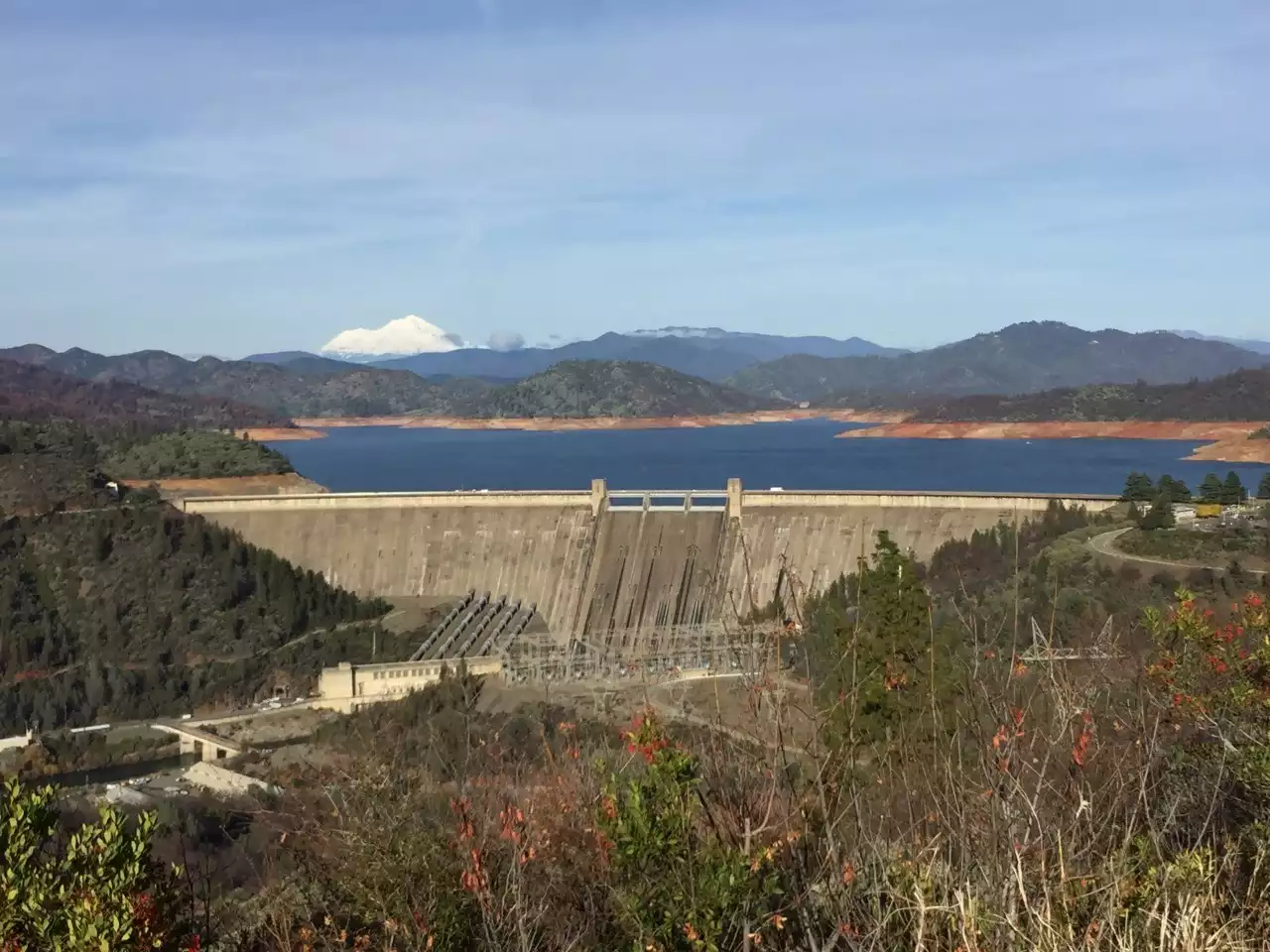Two of California’s largest reservoirs in Northern California are near 100% capacity, and the newly-resurrected Tulare Lake in the Central Valley is near its peak size, as the spring runoff from a rainy winter continues.
Lake Shasta, which is run by the federal government, and Lake Oroville, which supplies the state water project, are at 98% and 99% of capacity, respectively. Authorities are carefully managing both to prevent overflows.Shasta Lake in Shasta County and Lake Oroville in Butte County, where much of Northern California’s water is stored, are at 98% and 99% of their total capacity, respectively, for the first time in five years, according to data from the state Department of Water Resources.
has been. The last time water storage levels neared capacity was in July 2019. By August 2021, it had hit historic lows.Also close to full capacity are Folsom Lake in the Sierra Nevada foothills, now at 93% of its total capacity, and Castaic Lake in Los Angeles County, at 96%.
South Africa Latest News, South Africa Headlines
Similar News:You can also read news stories similar to this one that we have collected from other news sources.
 Young, wild and free: Wolverine spotted in California for only second time in last 100 yearsA wolverine was spotted three times last month in the eastern Sierra Nevada, a rare occurrence for an animal that’s only been seen one other time in California over the last 100 years. That's according to state wildlife officials. While wolverines are native to California, they’ve been essentially extinct from the state since the 1920s — likely the result of hunting and fur trapping in the decades following the gold rush, though records from the time don’t indicate what exactly caused the population to decline. The latest wolverine appears to be a young male seeking a mate. The animal has been spotted twice in the Inyo National Forest and once in Yosemite National Park.
Young, wild and free: Wolverine spotted in California for only second time in last 100 yearsA wolverine was spotted three times last month in the eastern Sierra Nevada, a rare occurrence for an animal that’s only been seen one other time in California over the last 100 years. That's according to state wildlife officials. While wolverines are native to California, they’ve been essentially extinct from the state since the 1920s — likely the result of hunting and fur trapping in the decades following the gold rush, though records from the time don’t indicate what exactly caused the population to decline. The latest wolverine appears to be a young male seeking a mate. The animal has been spotted twice in the Inyo National Forest and once in Yosemite National Park.
Read more »
 Wolverine spotted in California for only second time in last 100 yearsThere was one wolverine sighting in California between 2008 and 2018. Before that the last wolverines were seen in the state in the 1920s.
Wolverine spotted in California for only second time in last 100 yearsThere was one wolverine sighting in California between 2008 and 2018. Before that the last wolverines were seen in the state in the 1920s.
Read more »
 Yosemite wolverine is second one spotted in California in nearly 100 yearsExperts believe the two sighting clusters this century traced two separate animals because they typically live for only a dozen years or so. The last confirmed sightings in California were in the 1920s, the Department of Fish and Wildlife said.
Yosemite wolverine is second one spotted in California in nearly 100 yearsExperts believe the two sighting clusters this century traced two separate animals because they typically live for only a dozen years or so. The last confirmed sightings in California were in the 1920s, the Department of Fish and Wildlife said.
Read more »
 Young, wild and free: Wolverine spotted in California for only second time in last 100 yearsA wolverine was spotted three times last month in the eastern Sierra Nevada, a rare occurrence for an animal that’s only been seen one other time in California over the last 100 years.
Young, wild and free: Wolverine spotted in California for only second time in last 100 yearsA wolverine was spotted three times last month in the eastern Sierra Nevada, a rare occurrence for an animal that’s only been seen one other time in California over the last 100 years.
Read more »
 Young, wild and free: Wolverine spotted in California for only second time in last 100 yearsA wolverine was spotted three times last month in the eastern Sierra Nevada, a rare occurrence for an animal that's only been seen one other time in California over the last 100 years, state wildlife officials said. While wolverines are native to California, they've been essentially extinct from the state since the 1920s — likely the result of hunting and fur trapping in the decades following the gold rush, though records from the time don't indicate what exactly caused the population to decline. One wolverine was spotted in the state from 2008 to 2018, beginning in the Tahoe National Forest, officials said.
Young, wild and free: Wolverine spotted in California for only second time in last 100 yearsA wolverine was spotted three times last month in the eastern Sierra Nevada, a rare occurrence for an animal that's only been seen one other time in California over the last 100 years, state wildlife officials said. While wolverines are native to California, they've been essentially extinct from the state since the 1920s — likely the result of hunting and fur trapping in the decades following the gold rush, though records from the time don't indicate what exactly caused the population to decline. One wolverine was spotted in the state from 2008 to 2018, beginning in the Tahoe National Forest, officials said.
Read more »
 Wolverine spotted in California for only second time in last 100 yearsA wolverine was spotted three times last month in the eastern Sierra Nevada, a rare occurrence for an animal that's only been seen one other time in California over the last 100 years.
Wolverine spotted in California for only second time in last 100 yearsA wolverine was spotted three times last month in the eastern Sierra Nevada, a rare occurrence for an animal that's only been seen one other time in California over the last 100 years.
Read more »
